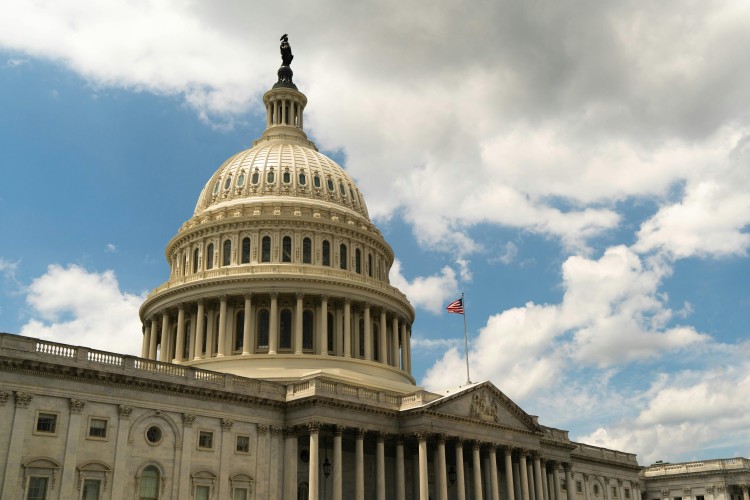Safety and Connection During COVID-19 - Realities for young people who do not have a safe place to call home

Child Abuse Prevention Month & Sexual Assault Awareness Month happens every year in April, but we know this was no ordinary April. Many of the traditional rallies, marches, programs, and other awareness events were canceled (or some moved to virtual platforms). More importantly, young people who aren’t safe at home are experiencing something very different this year. As the impact of COVID-19 has spread across the US and around the world, governments have made the essential decision to enact “shelter in place” orders for everyone’s health and safety.
Lately, our team and partners around the country have spent a lot of time discussing - What does “shelter in place” mean if you don’t have a “place” to stay, or if home isn’t a safe place? Mirielle Milne from the Youth Catalyst Team shared this poem exploring what this means for young people right now.
Under normal circumstances, the vast majority of child abuse and neglect reports are made by mandated reporters and other caring adults outside the family. Due to the impact of COVID-19, schools, community centers, medical clinics, drop-in centers, libraries, faith services, and other community resources are closed, which creates barriers for youth to access support. The addition of virtual engagement has enabled some service providers to remain connected, but without seeing youth in person, these caring adults are also less likely to notice (and report) a safety concern.
Since shelter in place orders began, child abuse and neglect hotlines nationwide have reported a drastic reduction in calls, at a time when we know the stressors on many youth and families are at an all time high. What does this tell us?
The abuse and neglect children and youth are experiencing is going unnoticed and unreported by youth-serving professionals and other caring adults.
However, according to RAINN, the Rape, Abuse, and Incest National Network, which runs the National Sexual Assault Hotline -
- By the end of March, there was a 22% increase in monthly calls from people younger than 18, and half of all incoming contacts were from minors.
- Of those young people who contacted the hotline in March, 67% identified their perpetrator as a family member and 79% said they were currently living with that perpetrator. What does this tell us?
Youth are in need of safety and support at home - and some of them are reaching out!
So what can we do?
We can all help, by staying connected in whatever way we can! From porch drop-offs of food and supplies, to virtual yoga, art shows, and more - agencies around the country are finding creative ways to engage with young people during this time. We can lean-in to what we know about walking alongside young people - and learn from them and grow through this crisis. With all of the risks and stressors young people are facing - abuse, neglect, sexual violence, online exploitation, school closure, job loss, financial issues, and on and on, they are also finding hope, support, connection, and community with one another online….just as they did prior to COVID-19. Now is our chance to catch-up - by learning how to do this effectively from young people themselves.
Here are some additional tools to support staying connected to young people during COVID-19.
- Want to know how you’re doing? The Relationships Check tool from the Search Institute may be a place to start.
- Protecting Children from Abuse During the COVID Crisis
- Tips for Staying Connected
We want to recognize all of the frontline staff who are working in-person to ensure young people have their food, shelter, and other basic needs met. Thank you also to all of the agency leaders and other youth-serving professionals who are advocating tirelessly on behalf of youth right now! Finally, thank you to all the young leaders working to ensure that the needs of young people are visible, and partnering to develop strategies for these complex challenges!


